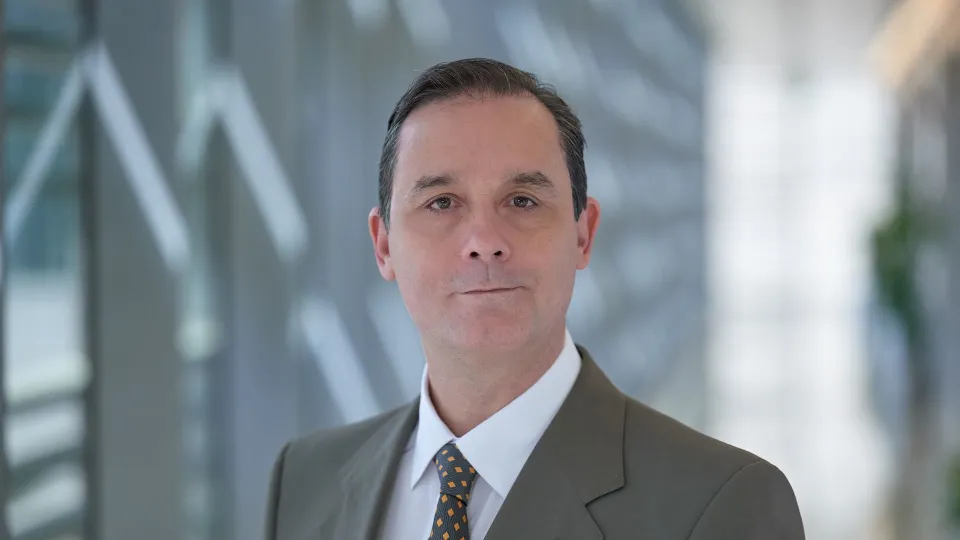
Gaussian Beam Approximations of High Frequency By Prof. Olof Runborg (KTH, Sweden)
Gaussian beams are asymptotically valid high frequency solutions to hyperbolic partial differential equations, concentrated on a curve through the domain. Superpositions of Gaussian beams provide a tool to generate more general high frequency solutions. In contrast to the standard geometrical optics, the Gaussian beam approximation does not break down at caustics.
Overview
Abstract
Gaussian beams are asymptotically valid high frequency solutions to hyperbolic partial differential equations, concentrated on a curve through the domain. Superpositions of Gaussian beams provide a tool to generate more general high frequency solutions. In contrast to the standard geometrical optics, the Gaussian beam approximation does not break down at caustics. In this talk we discuss numerical methods based on Gaussian beam superpositions and show error estimates in terms of the small wavelength.
Brief Biography
O. Runborg is a Professor in Numerical Analysis at Royal Institute of Technology (KTH), Stockholm, Sweden. He received his M.S. in Electrical Engineering, and his Ph.D. in Numerical Analysis at KTH. His research centers on the numerical treatment of multiscale phenomena in partial differential equations and the related subjects of homogenization and multiresolution analysis. One of his areas of interest is high-frequency wave propagation, in particular numerical methods and models for multiphase geometrical optics and techniques for coupling Helmholtz solvers with geometrical optics solvers. He has also studied more theoretical issues related to the high-frequency limit of the Helmholtz equation and Wigner transforms. Another research area concerns numerical homogenization. He has worked with a method based on wavelet projections, mainly for linear problems, but also for simpler nonlinear problems. More recently, he has studied numerical techniques for simulating coarse quantities using microscopic/detailed solvers, including coarse bifurcation analysis of non-linear problems. Other research interests include subdivision for curve and surface representation, in particular the mathematical properties of so-called normal meshes. Earlier, he has developed mesh generation tools for aerodynamics applications. He is the author and co-author of 28 papers in international journals and more than 20 proceedings of international conferences.
Refreshments: Available in 4214 @ 2:45 pm
